Since January 2025, M23 rebels have recaptured Goma and Bukavu with direct support from the Rwandan army. A confidential UN report reveals the scale of this interference, its economic motivations, and the devastating impact on civilians. An in-depth look at a regional conflict masked by diplomatic maneuvers.
The UN denounces Rwanda’s key role in M23’s offensive
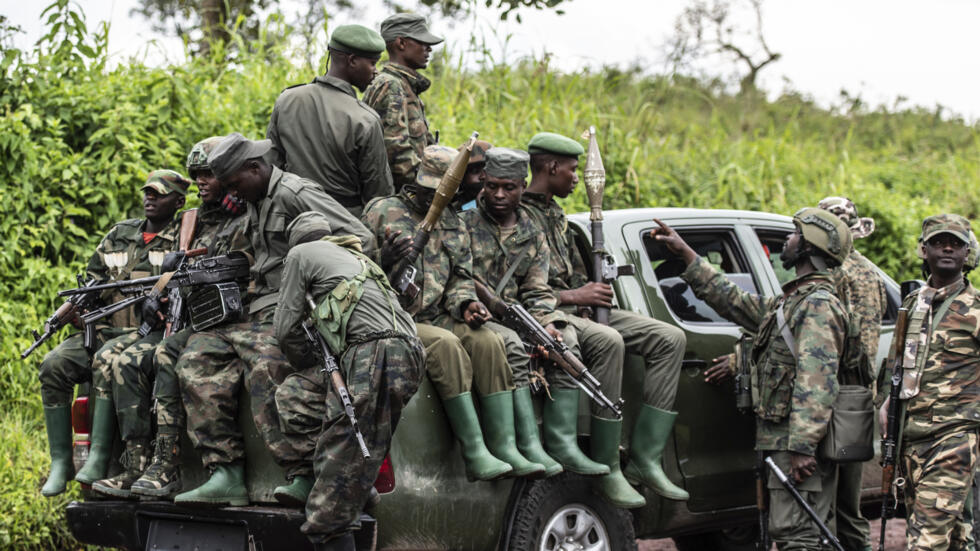
In a confidential report accessed in early July, UN experts state that the Rwandan army played a pivotal role in eastern Democratic Republic of Congo (DRC), alongside M23 rebels. This military backing was reportedly decisive in the January and February offensives that led to the strategic capture of Goma and Bukavu.
According to UN investigators, the Rwandan Defence Forces (RDF) provided M23 with substantial support: direct command, advanced equipment (notably Turkish Bayraktar TB2 drones, anti-aircraft systems, and electronic warfare tools), tactical training, and access to sensitive intelligence. This assistance, the experts assert, enabled the rebels to launch a lightning offensive against an embattled Congolese army.
The UN estimates that around 6,000 Rwandan soldiers were deployed in the DRC at the height of the offensive. Their presence, according to the report, was aimed at encircling and securing the takeover of Goma and Bukavu—economic and administrative hubs of eastern Congo.
These revelations come just days after a peace agreement was signed in Washington between Kinshasa and Kigali—an agreement whose actual impact remains questionable in light of the extensive military involvement now documented.
Blazing military superiority on the ground
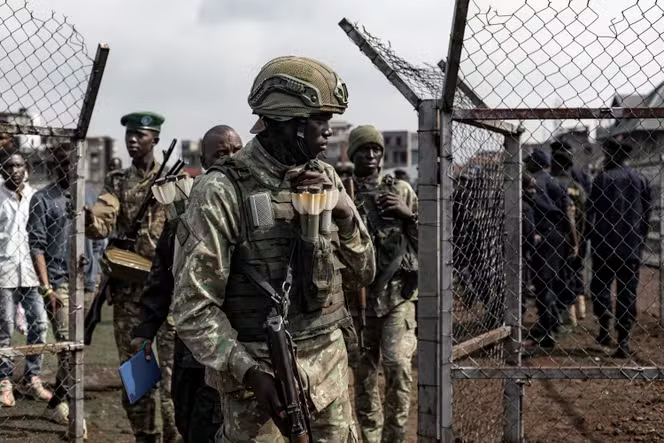
According to UN experts, Rwandan support has transformed M23 into a devastatingly effective strike force. Within weeks, the rebels seized control of Goma and Bukavu with a speed and coordination far beyond their traditional capabilities. The strategic use of reconnaissance and combat drones, combined with Rwandan front-line logistical support, paralyzed the Congolese army’s (FARDC) response.
Sources cited in the report describe M23’s tactics as relying on precision strikes, electronic warfare aimed at disrupting FARDC communications, and coordinated operations using advanced military equipment not available locally. This technological edge—credited to Kigali’s support—allowed the rebels to anticipate, disorganize, and overrun Congolese positions with minimal resistance.
Additionally, the UN peacekeeping mission (MONUSCO) was tactically neutralized during the offensive—its bases were overflown and at times bypassed. Several drones, identified as Turkish in origin, were filmed during the assaults, confirming the technological escalation of the conflict.
Mineral wealth, regional ambitions: Kigali’s true motives
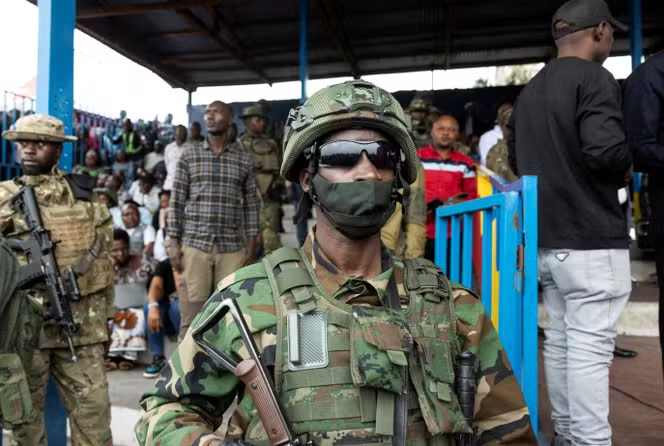
Behind Rwanda’s military engagement on Congolese soil, UN experts identify clear political and economic motivations. According to the report, Kigali’s objective extends beyond security concerns over Hutu armed groups. It also aims to secure indirect control over eastern Congo’s vast mineral resources, particularly in the North and South Kivu provinces.
Documents gathered by investigators reveal that M23, under Rwandan protection, has set up a parallel administration in the conquered areas. This entity manages tax collection, trade route control, and the extraction of strategic minerals such as coltan, cassiterite, and gold—all essential to the global tech industry.
The report also highlights opaque export circuits allowing Congolese minerals to be laundered through Rwanda. Kigali is thus accused of using M23-controlled zones as economic buffer zones—harvesting the region’s wealth while officially denying involvement.
This strategy of “invisible influence” appears part of a broader Rwandan effort to exert power in the Great Lakes region—projecting strength, apparent stability, and territorial control.
A Large-scale humanitarian crisis
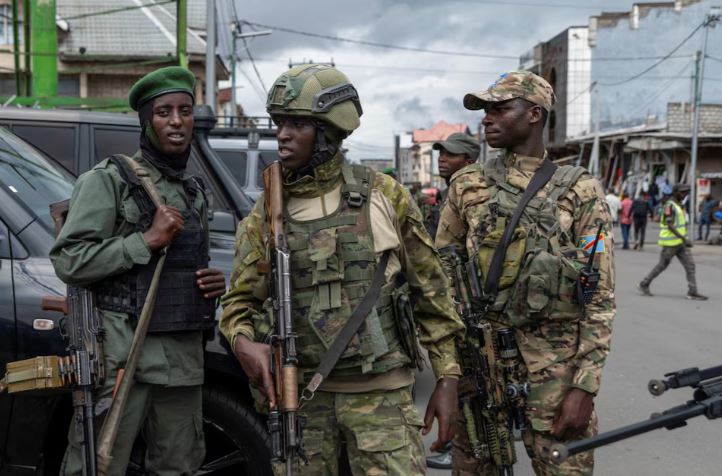
The consequences of the M23–Rwanda offensive have been catastrophic for civilians. According to the latest UN estimates, over 500,000 people have been displaced since January 2025, fleeing fighting in and around Goma, Bukavu, and surrounding rural areas. Makeshift camps, food shortages, and disease outbreaks have triggered a major humanitarian crisis amid deafening international silence.
The report also documents widespread human rights violations: systematic looting, summary executions, and mass sexual violence, particularly in areas under M23 control. Several hospitals and health centers were attacked or abandoned, especially in the Masisi and Rutshuru regions, further increasing civilian vulnerability.
NGOs on the ground denounce a chronic lack of aid, due to both security instability and diplomatic complacency, with major powers seemingly avoiding direct confrontation with Kigali.
Meanwhile, attempts by displaced families to return are hampered by the increasing militarization of the occupied zones. The installation of pro-M23 administrations and checkpoint controls at village entrances appear designed to discourage any population movement that might undermine the new de facto power structure.
Diplomatic reactions: Between denial, caution, and shadow diplomacy
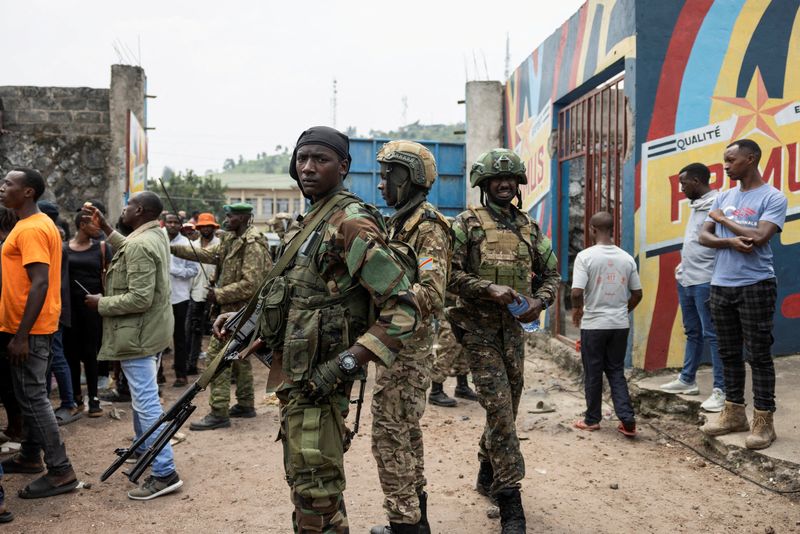
In response to the UN revelations, Kigali maintains an official line of denial. The Rwandan government refers to “necessary defensive measures” to counter the threat allegedly posed by the FDLR (Democratic Forces for the Liberation of Rwanda), a Hutu armed group historically linked to the 1994 genocide. No direct acknowledgment of Rwanda’s military involvement in eastern DRC has been made, despite material evidence gathered by the UN—photos, drone videos, intercepted radio transmissions, and corroborated testimonies.
Kinshasa, on the other hand, has raised its voice. President Félix Tshisekedi has condemned what he calls a “disguised occupation,” accusing Paul Kagame of attempting to balkanize the DRC under the pretense of combating the FDLR. Several Congolese officials have called for international sanctions, while civil society and the Congolese diaspora are mobilizing in Western capitals.
On the international stage, the situation is causing discomfort. While the African Union and the United States welcomed the peace agreement signed in late June in Washington between Kinshasa and Kigali, the UN report reveals that Rwandan troops were still active on Congolese soil after the signing—directly contradicting the commitments made.
Behind the scenes, multiple mediation efforts are underway. Qatar is holding indirect talks with M23. Angola and Kenya are attempting to revive the Luanda and Nairobi processes. But on the ground, the reality is stark: diplomatic peace has yet to reach the hills of the East.
An expanding regional powder keg

Instability in eastern DRC now extends beyond Congolese borders. The M23’s blitz offensive, backed by Rwanda, marks a new phase in the Great Lakes war, with a real risk of regional destabilization. Tensions between Kinshasa and Kigali are rooted in unresolved cross-border conflicts, exacerbated by mineral stakes, forced migrations, and shifting alliances.
Neighboring countries—including Uganda and Burundi—are watching M23’s military rise with concern. Troop movements have been reported near borders, and sporadic clashes raise fears of broader escalation. In this context, bilateral agreements are multiplying behind the scenes, redrawing a fragile regional chessboard.
The UN mission (MONUSCO), which is being phased out, finds itself at an impasse. Unable to prevent the rebel advance, it is increasingly seen as a bystander to an asymmetric conflict—if not complicit through inaction. Its announced withdrawal risks leaving a security vacuum into which militias, states, and private interests will rush.
Against this backdrop, analysts fear the emergence of a rebel proto-state backed by a foreign power—a scenario reminiscent of other conflict zones where parallel governments exploit the resources of militarily controlled territories.
The DRC, vast, resource-rich, yet politically fractured, could become the epicenter of a new African cold war—where regional ambitions, geoeconomic interests, and diplomatic neglect converge.
Sources
- United Nations, Biannual Report of the Panel of Experts on the DRC (June–July 2025)
- Associated Press (AP News), “UN experts say Rwanda supported rebels in Congo and smuggled minerals at ‘unprecedented levels,’” July 2, 2025
- Reuters, “Rwanda exercises command and control over M23 rebels, say UN experts,” July 2, 2025
- Le Monde, “UN highlights Rwanda’s ‘decisive role’ in the fall of Goma and Bukavu,” July 3, 2025
- AP News, “Rwanda-backed M23 rebels claim major Congolese city, which Congo calls a ‘declaration of war,’” January 30, 2025
Table of Contents
- The UN Denounces Rwanda’s Key Role in M23’s Offensive
- Blazing Military Superiority on the Ground
- Mineral Wealth, Regional Ambitions: Kigali’s True Motives
- A Large-Scale Humanitarian Crisis
- Diplomatic Reactions: Between Denial, Caution, and Shadow Diplomacy
- An Expanding Regional Powder Keg
